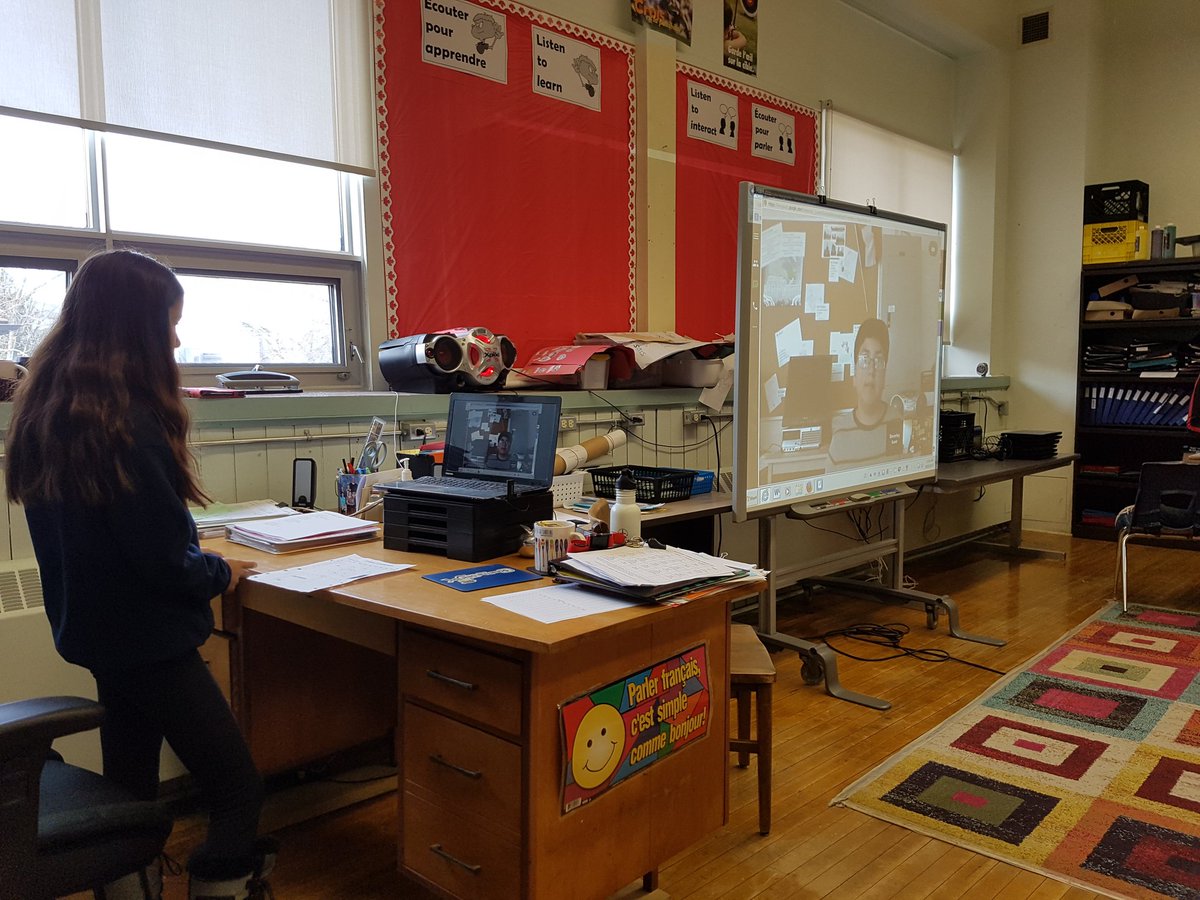Setting Up a FSL Battleship Game
Looking for a simple and
engaging way to connect your students with other FSL students? Organize an on-going game of “L’attaque des
Navires” or “L’Attaque Navale” (with a grateful nod to Battleship by Hasbro,
for which no copyright infringement is meant).
This is an ideal game to
encourage use of letters, numbers, strategy, problem solving, and the use of
the 2nd person plural (vous).

Key vocabulary your class
needs first:
Le grand navire
L’explorateur
Les traversiers
Le canôt
Frapper
Manquer
Couler
Prepare them to ask and
answer the questions. This proved to be an interesting process between our 2
classes (with Bev Moss of London), as we each taught them different ways of
interacting. The result? Some puzzled
looks at first, but then the realization they understood the meaning!
On va tirer à….
Je pense qu’il y a un bateau à….
Je choisis…
Non, vous avez manqué.
Oui, vous avez frappé (our favourite phrase to hear!)
Review your class
strategies for listening for comprehension and to interact. How do I make
meaning from what I am hearing? What is
I don’t understand what is said?
(Bev also did an amazing
job at teaching la politesse to her students. Whenever we missed, they provided
the bad news with, “désolé, mais vous avez manqué.”)
Set Up The Game
1. Set a regular time with the other teacher to connect
via Google Hangout, FaceTime or Skype. Don’t try to finish the game in one
class. It builds excitement and provides opportunities for reflection if you
play over the course of a few weeks.
2. Provide your students with a copy of the blank gamesheet. The top section is for recording your guesses, misses, and hits of the
other class’ ships. The bottom section is to record the location of your ships.
3. As a class, decide where you will be placing your
ships. Have students record these locations on the bottom section of their
sheet.
a. Le grand navire – 5 spaces
b. L’explorateur – 4 spaces
c. Les traversiers – 3 spaces (2 of them)
d. Le canôt – 2 spaces
4. Don’t underestimate the need for some classes to
review how to use a grid system, and how to play the game.
5. Let the game begin. Each class takes a turn “firing”
at the others to try and hit (and sink) the ships. All students should have the
opportunity to either ask or answer a question.
6. As the students become more comfortable, encourage
them to introduce themselves to each other, to say hello, good luck, goodbye,
etc.
7. Resist the urge to step in and repeat what they said
or heard. Encourage students to help each other en français. (“Qu’est-ce qu’il
a dit?”)
Extensions / Assessment
·
For those asking
and answering questions: proper terms, fluency, confidence, pronunciation,
level of prompting, shows understanding to interact, etc.
·
I will often
check each students’ game sheet to see if they have correctly kept track of the
guesses.
·
Before each round
begins, you can do a review of what has been asked, what has been hit, what
area of the grid is still left unexplored, etc.
This game is an easy and
meaningful way to begin your #fslbeyond journey, and to connect your learners
with other learners. Bonne chance!
